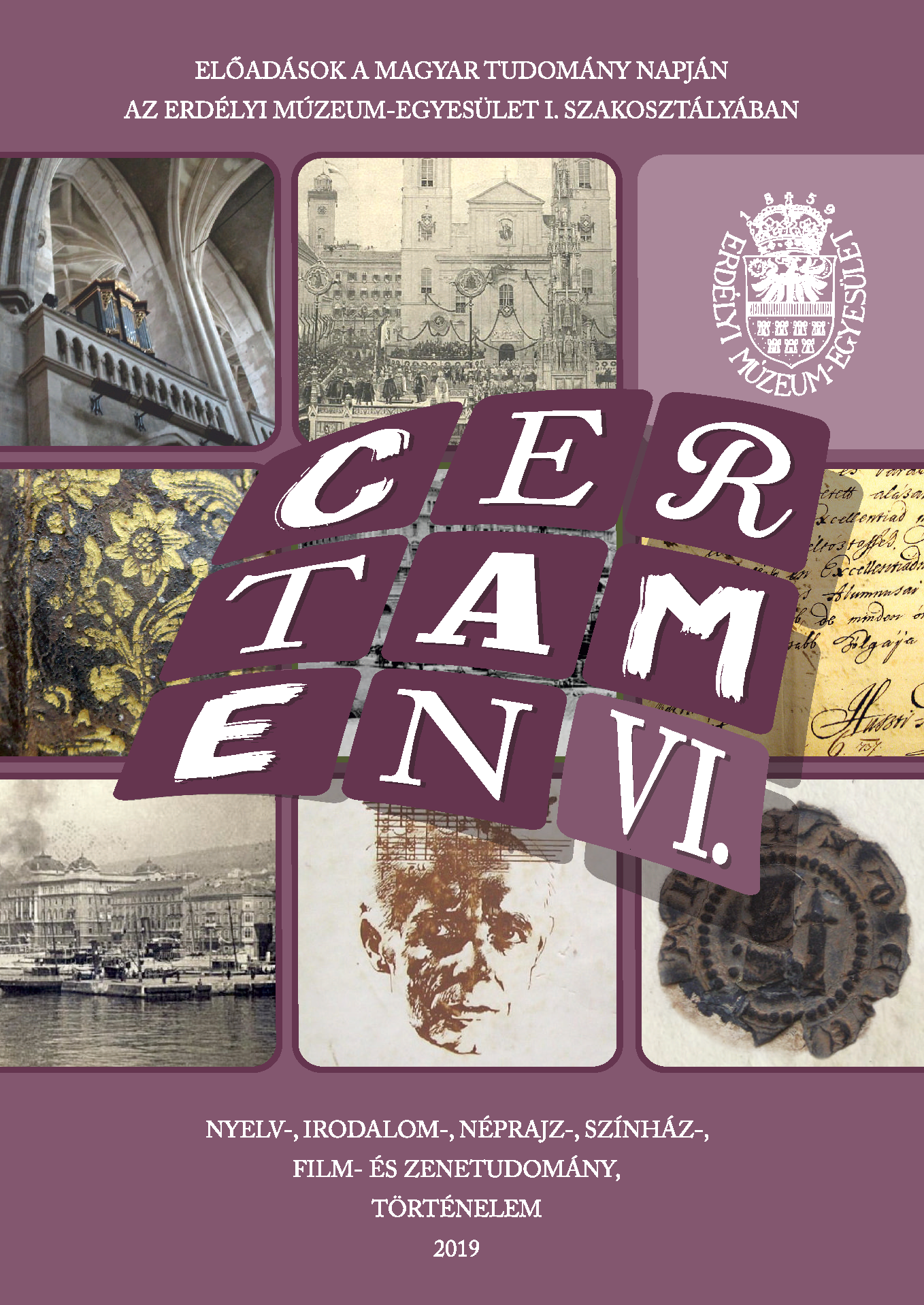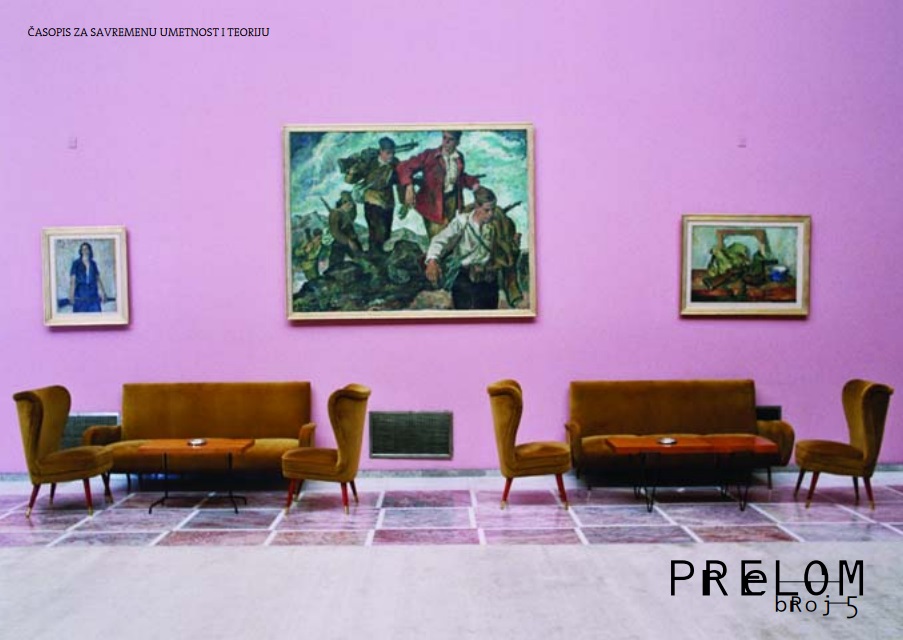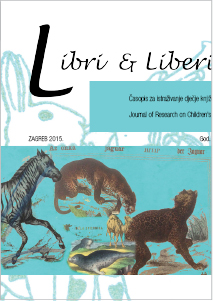
Lavoslav Hartman: nakladnik koji je znao da su slike važne
In 1856, Lavoslav Hartman bought a bookstore and publishing house from Ljudevit Gaj, and started his own publishing business. Seven years later, the cautious entrepreneur had gained sufficient financial security to venture into new areas of publishing, and carefully assessed what type of publication he could offer. Knowledge of foreign publishing practices and a keen insight into the Croatian market informed Hartman’s decision to enter the publishing sphere of children’s literature, convinced it had much unrealised potential. He introduced pictures and colours into the aforementioned sphere, and his innovations in other areas are also linked to illustrations. In 1863 he began publishing picturebooks, and in 1864 he took over the publishing of a series of nature books called Vienac [Wreath], to which he added colour lithographs. The facsimile of the second Vienac book (now spelt as Věnac) reproduced in this issue of Dusty Covers is therefore followed by several pages from the 1864 Mala zvěrnica [The Little Bestiary], one of Hartman’s first picturebooks, which contains parallel texts in Croatian and German. These are followed by illustrations from Part Three of the 1865 Croatian translation of Franjo Hoffmann’s 150 ćudorednih pripovědakah za mladež obojega spola [150 Moral Tales for Young People of Both Genders]. “Dusty Covers” concludes with a facsimile of an illustration from the 1866 Bosiljak, published alongside translations of excerpts from David Livingstone’s Missionary Travels and Researches in South Africa published in 1857.
More...
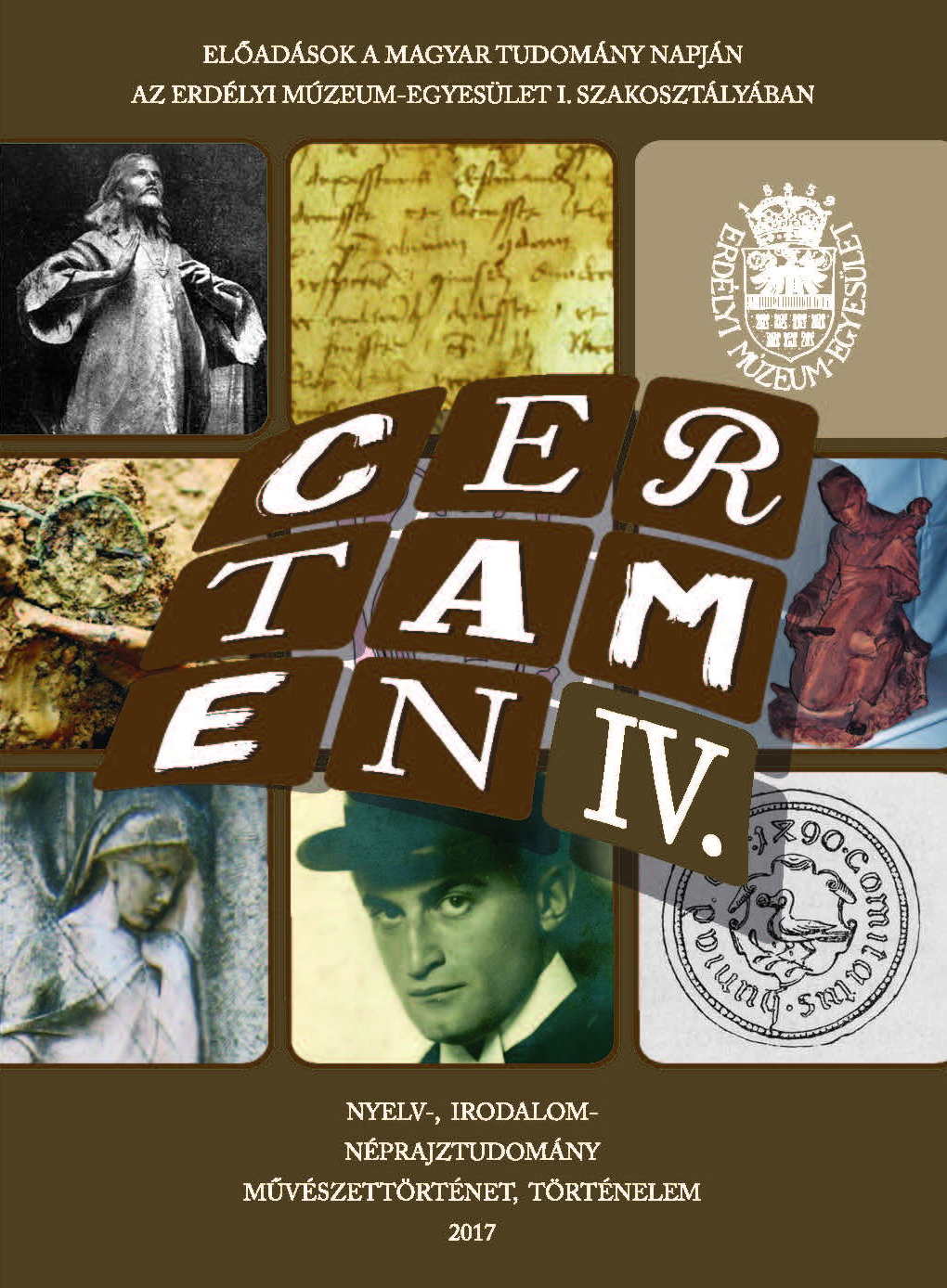
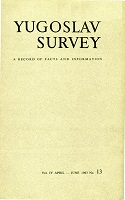
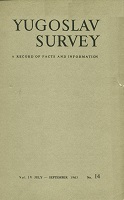
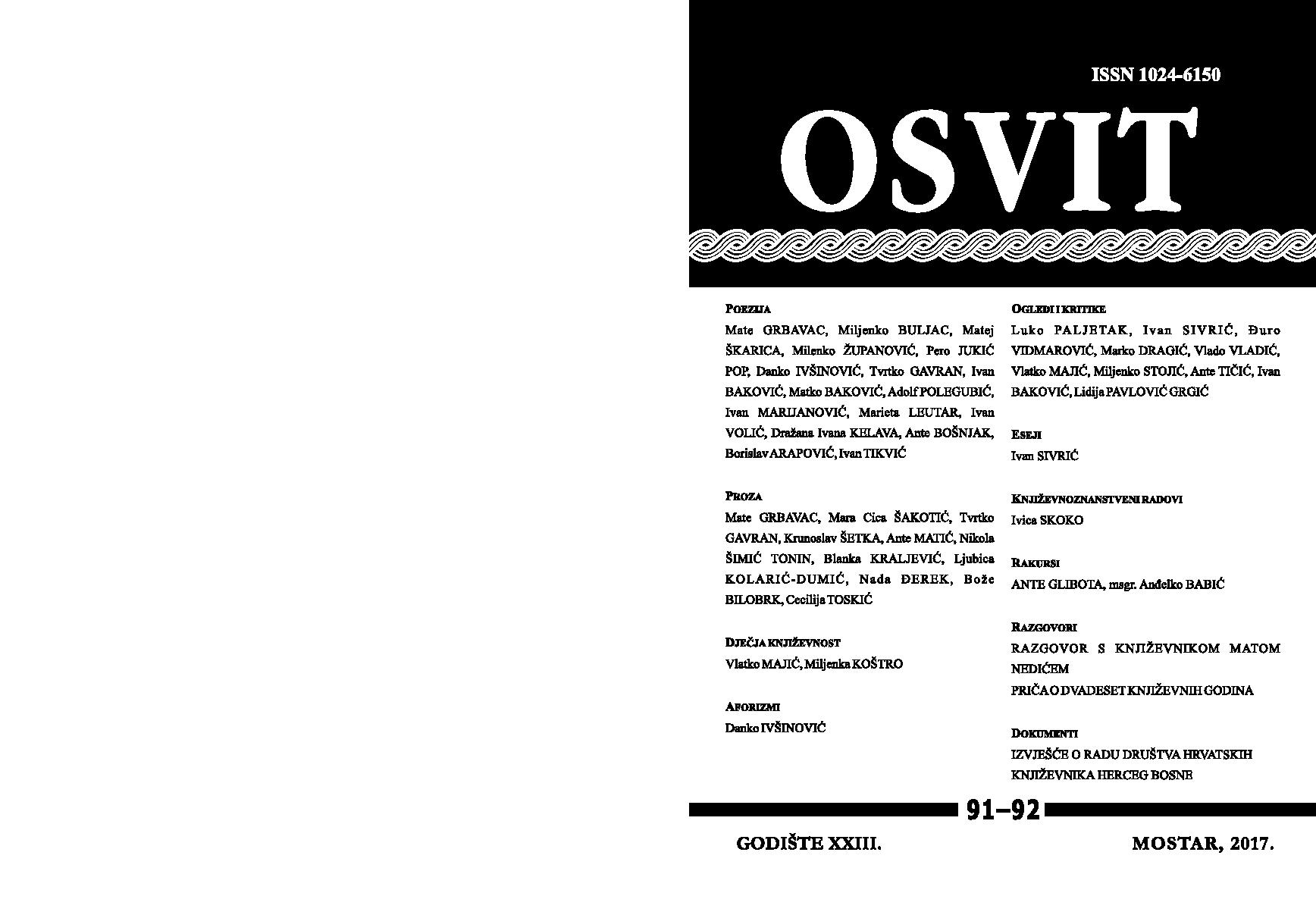
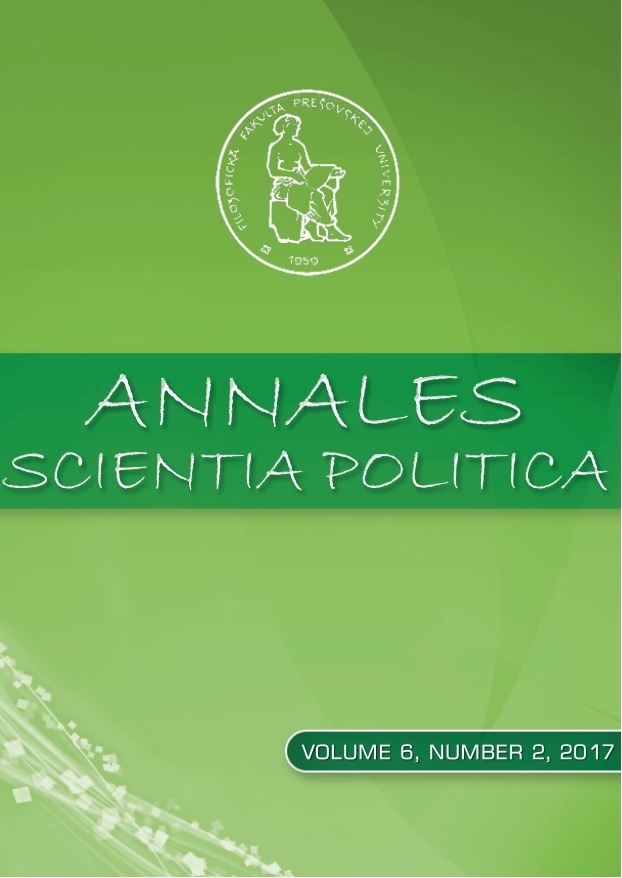
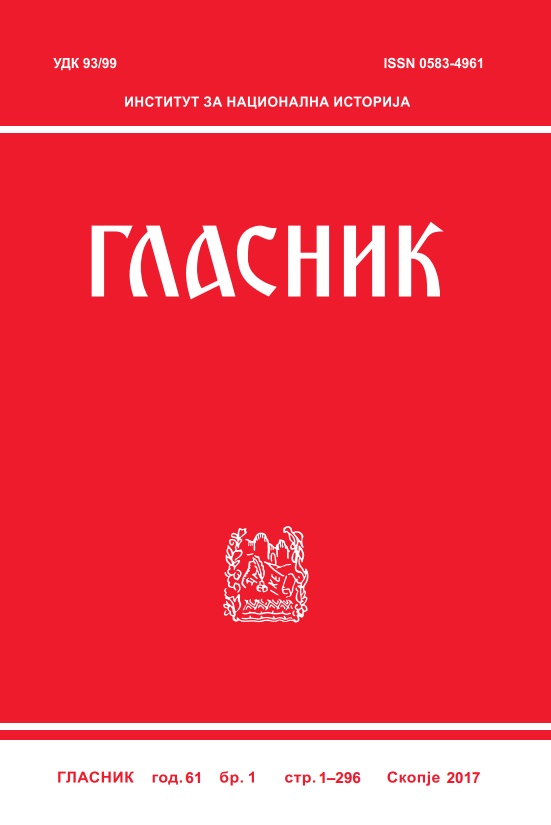
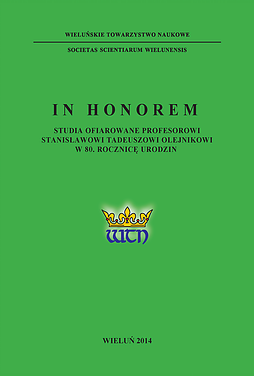
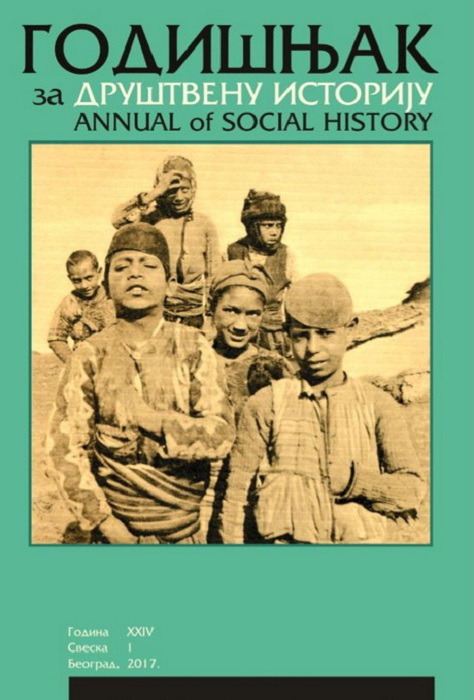
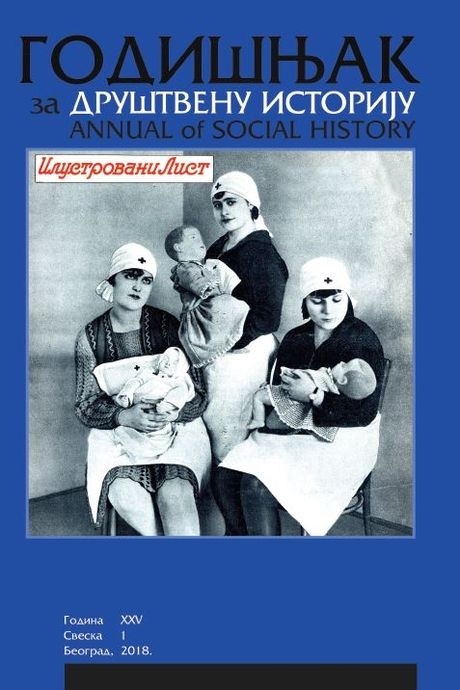
![[Dokument archiwalny]](/api/image/getissuecoverimage?id=picture_2018_46028.jpg)
